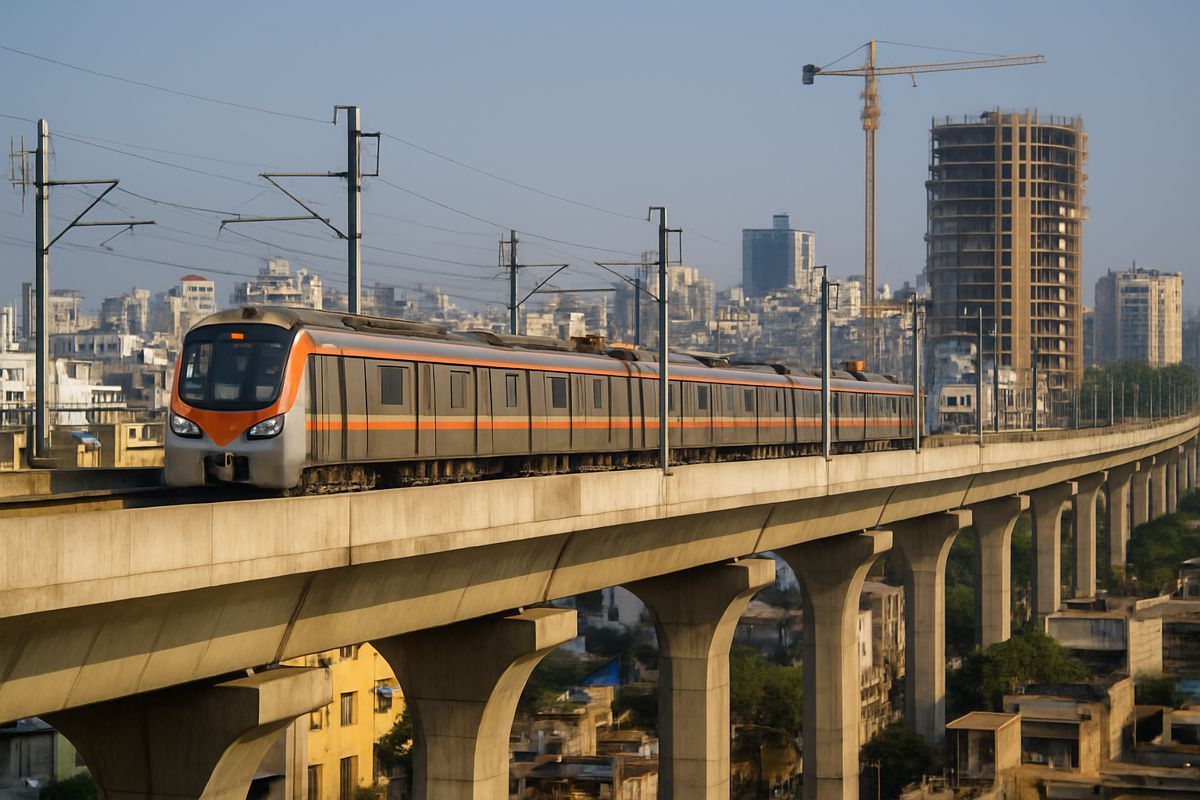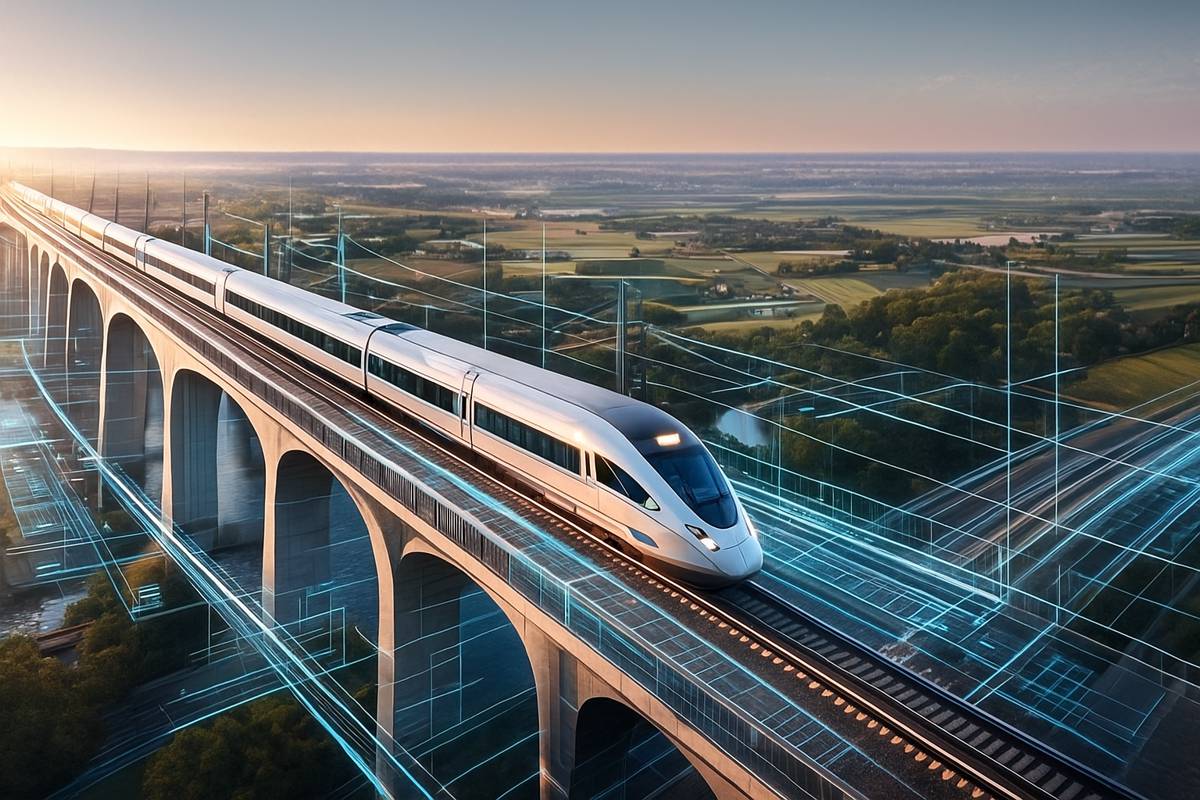East African Railway Masterplan
An exciting grand rail project is being implemented in East Africa to connect the countries in the region with an effective transport systems that will take the strain from the regions busy and overburdened highways network which sees thousands of trucks choking the main roads every single day.
The East African Railway Project combines the LAPPSET Rail project and the EAC Rail Sector Enhancement Project (EAC) and was implemented by the governments of Uganda, Tanzania, South Sudan, Rwanda, Kenya and Burundi.
Over 750 kilometres of electrified railway track were opened this October connecting Ethiopia to Djibouti. This US$4 Billion project was the first part of the Masterplan, which will connect this line with neighbouring Sudan, Kenya and eventually a 472km track to connect Nairobi to Mombasa, which will see another US$13 Billion of investment.
China Investing in Africa’s Trade Infrastructure
Mostly funded and built by Chinese companies the new regional train network will connect the counties, most of which are land locked, to the major sea ports, delivering a huge boost to the areas import and export trade.
The focus of all these projects is to facilitate trade to spur the region’s economic development.
The China Export Import Bank (Exim) facilitated US$10 Billion in loans for African railway projects between 2004 and 2014. The Mombasa to Nairobi line cost US$4 Billion, of which Exim funded US$3.6 Billion.
Zambia has just signed a deal with China which will extend the network over the next four years further South into Zambia, Malawi and Mozambique.
Major Infrastructure Investment
China has become the largest foreign investor in Africa backing over 1,700 infrastructure projects totalling over US$75 Billion in investment into the economies of 50 African countries.
Chinese contracting companies such as China Civil and Engineering Construction Company (CCECC), China Railway Group, and China Railway Engineering Corporation are also benefitting heavily, carrying out an estimated US$50 Billion worth of work each year. It has been estimated that 1 in 10 workers on these projects are Chinese and the trend is increasing.
AidData estimates that US$131 Billion was spent on Africa’s transportation infrastructure in 2015 with another US$200 Billion expected to go into the continents roads and another US$7 Billion on airports by 2025.

Africa’s New Rail projects
The 782 km Port Sudan to Khartoum line opened in 2014 with China investing US$1.1 Billion of the US$1.5 Billion cost. This will soon be extended to connect to other countries.
Unveiled this year, a new 756 km electric railway line to connect Addis Ababa in Ethiopia to the Red Sea Port of Djibouti. This line will connect to the developing East Africa Railway network with 70% of the US$3.5 Billion project funding from the Exim Bank.
On the West coast in Nigeria, the 187 km Abuja to Kaduna railway line was announced in July this year with an Exim Bank loan of US$500 Million towards the US$874 Million budget cost. Nigeria’s Lagos to Kano line was mostly funded by China with a cost US$8.3 Billion.




















